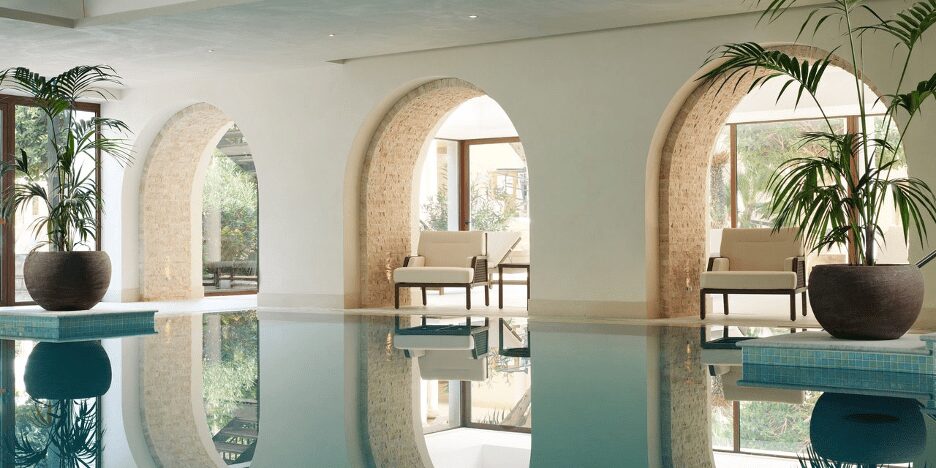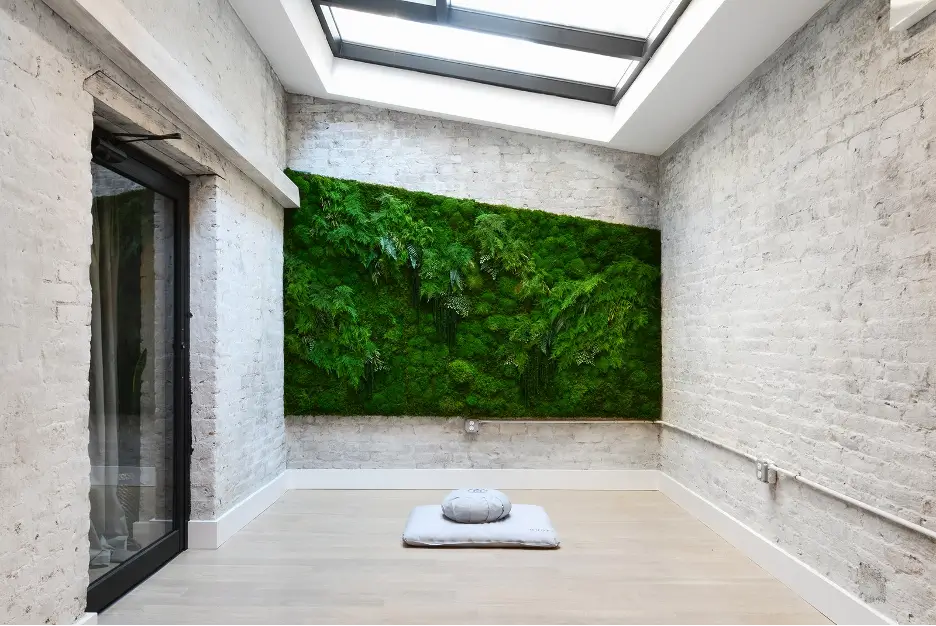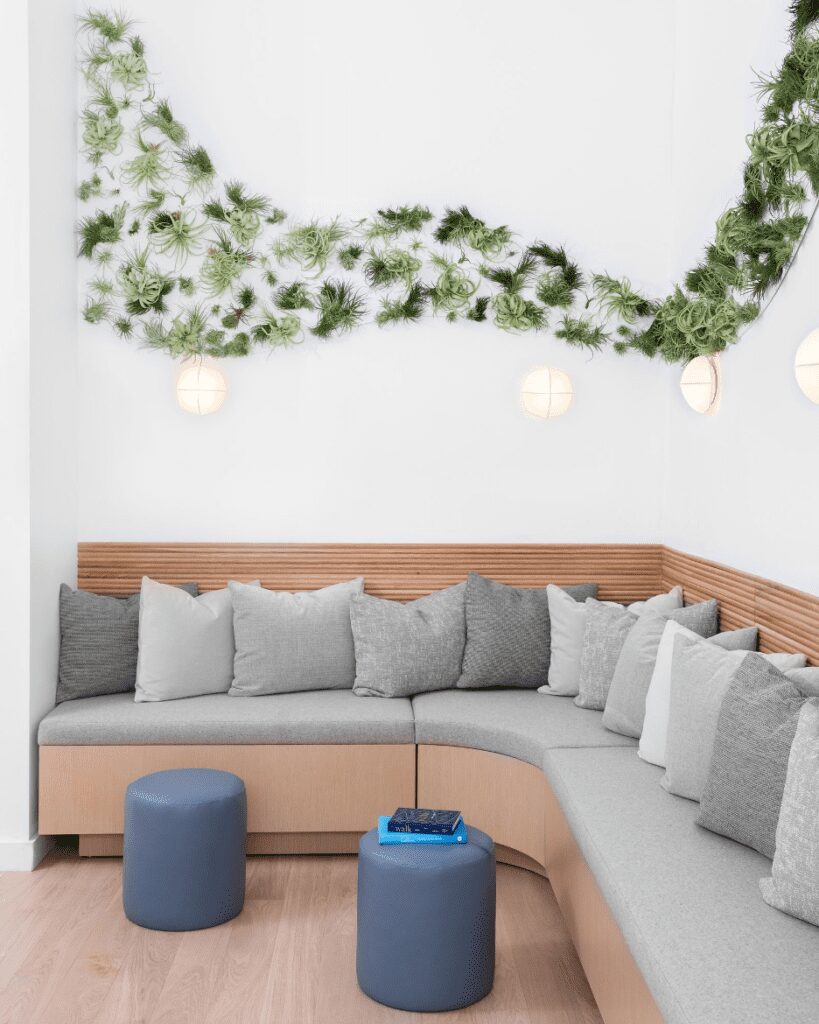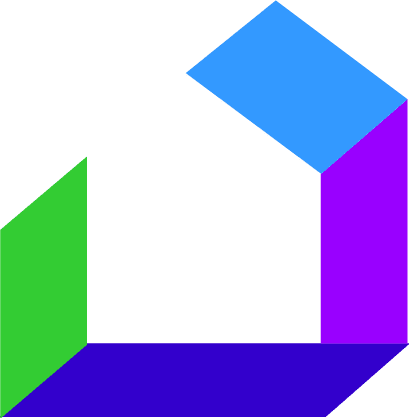4 Wellness Design Trends the Experts Say are Here to Stay

By: Mikki Brammer
A year or so ago, the word wellness hit differently than it does today. With health and wellbeing top of mind for the world, wellness-oriented spaces in both commercial and residential settings are prioritizing much more than just relaxation and pampering.
“The pandemic has crystallized the need we all have for mental and physical health, and we have had time to reflect on our pace of life and the impact of technology, both good and bad,” says designer Jo Littlefair of Goddard Littlefair, who recently designed spas for both Southbank Place and Chelsea Barracks in London. “This, in turn, means that as designers of interior spaces we need to articulate a response that delivers on not only an aesthetic level but [also] creates an environment to alter moods and assist rejuvenation.”
Here’s what Littlefair—along with designers Shelly Lynch-Sparks of Hyphen & Co, Shalini Misra, and Veronica Schreibeis-Smith of Vera Iconica—predicts for wellness spaces in 2021.
Sustainability From All Angles
It’s not just skin tonics and treatments that people want to be organic and eco-friendly. “Spas and wellness areas need to show that they are embracing every opportunity to integrate healthy and sustainable materials into the structure and design of their spaces,” says Shalini Misra. “It’s partly about telling the story of how sustainable materials have been used, how natural resources—such as the flow of natural light and air—have been harnessed, the incorporation of solar-generated energy sources, and the use of upcycled and repurposed items.”
For many of their spaces, Misra and her team use computer calculations to map the sun’s movement and determine exactly how much cooling and heating is required. Ecofriendly materials like cork, bamboo, and rattan are also all in favor. “Cork is perhaps one of the very best examples of a material that has it all—warmth, texture, malleability—and its extraction does not involve the felling of a single tree,” she explains. “If managed correctly, it grows back in nine-year cycles and is, therefore, one of the most sustainable materials in the world. We have always associated it with flooring and wall tiles, but it’s also now being used in cutting-edge furniture and fittings and 3D geometric patterning.”
Shelly Lynch-Sparks, the designer behind New York City meditation space MNDFL and acupuncture studio WTHN, says a sustainability focus dictates all of her work. “This includes everything from the paint on the walls or glue used for millwork to ensure there is no off-gassing,” she says, adding that wood veneers, Caesarstone quartz, and zero-VOC paints like Clare all help achieve this.

Natural Connection
Whether we’re at home or at the spa, we’re all yearning for a visual connection to nature—and the experts say that’s not likely to change any time soon. “The major focus in designing wellness spaces in current times is creating a place that is holistically pleasing to the mind and body, while also being aesthetically pleasing to the eye,” says Lynch-Sparks. “Modern wellness spaces can achieve both by using biophilic design, incorporating green spaces to promote oxygen and celebrate natural grounding elements, while also creating photo op experiences worth sharing.”

Veronica Schreibeis-Smith, who is also chair of the Global Wellness Institute’s wellness architecture initiative, emphasizes the importance of rich textures and colors and patterns that express the natural world. But, she says, “Variety in design is what makes our experiences of different places so rich, so this can, and should, be widely and wildly interpreted.” She also points to the Japanese philosophy of wabi-sabi, in which “the acceptance of the imperfect is being embraced, both in one’s self, and in the objects that surround us.”
To further enhance the natural connection, Schreibeis-Smith prioritizes thoughtfully placed windows based on the principles of Attention Restoration Theory, as well as spaces that blur the line between indoors and out.

Light As Therapy
It’s no surprise that lighting fixtures that help kill bacteria and purify surfaces are on the rise in wellness spaces. But advances in lighting technology have also made it a must have therapeutic tool. “People are understandably interested in therapies that can help them recover from stress,” says Misra. “Light therapy usually uses LED light, and from a technology standpoint, has been incorporated into showerheads, taps, and cabinetry. It purports to help boost and improve immune systems and have many other health properties for the skin.”
Designers are also much more conscious of the impact lighting has on our moods. “Colored lighting is completely out of sync with an interior searching to calm the soul,” says Littlefair. “We prefer to use color temperatures in our lighting schemes that emulate and are empathic with the circadian rhythms in order to create soothing and uplifting experiences.”
Well-Considered Technology
“Designing a wellness space goes far beyond what the eye can see,” says Lynch-Sparks. “Sensory-focused details are becoming major factors in creating the perfect environment. Air-purification, sound-canceling, and white-noise technology are important throughout a space to minimize sound reverberation and create a calming effect.”
But while it’s tempting to go all-in on the latest wellness tech gadgets, Littlefair offers a word of caution. “We’ve seen spas designed with very specific technologies in mind and subsequently witnessed the speed at which they quickly date and become superfluous,” she says. “Spaces should feel more holistic in their approach, creating environments where treatments can adapt through time without encroaching on the overall design.”
